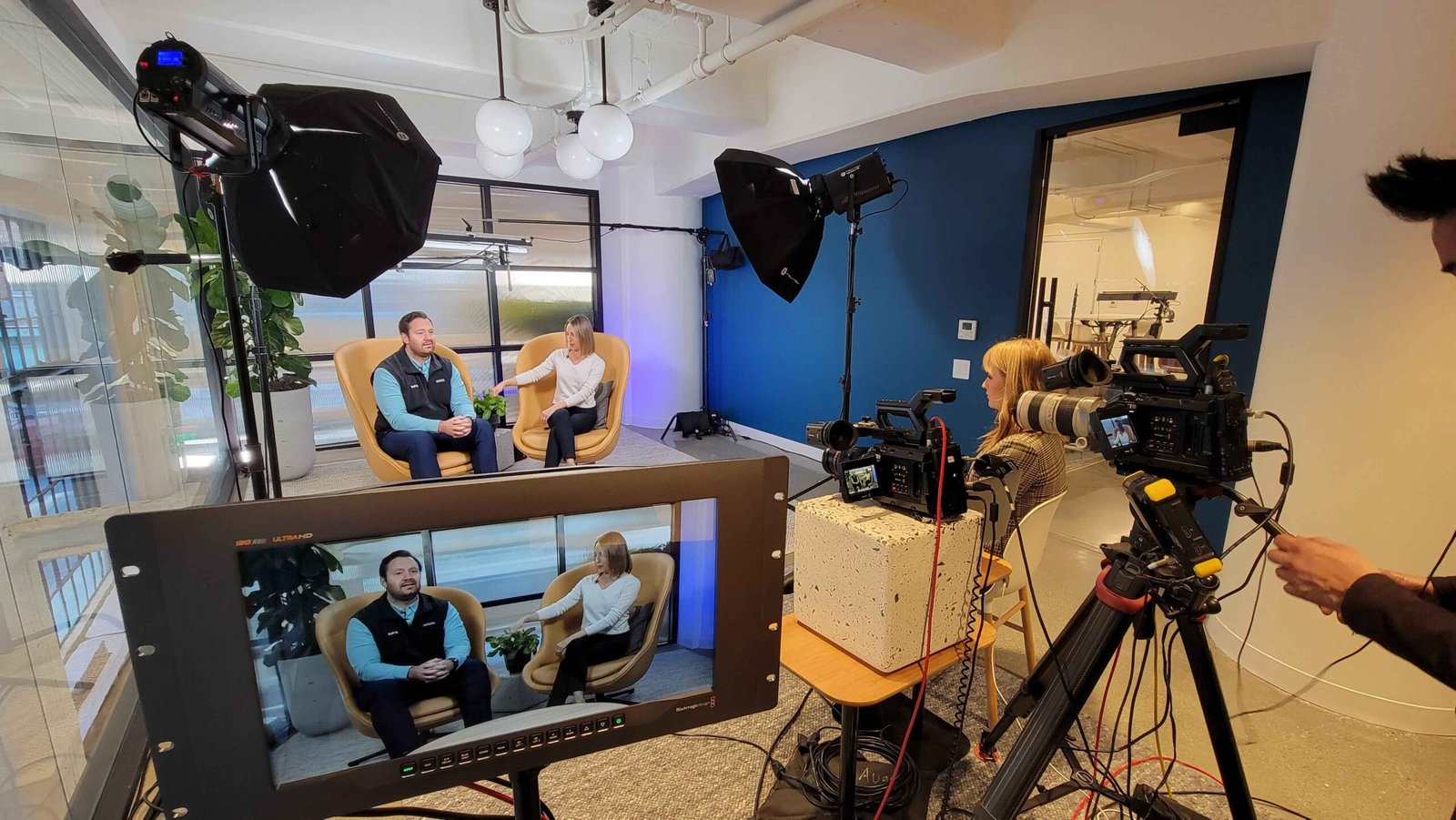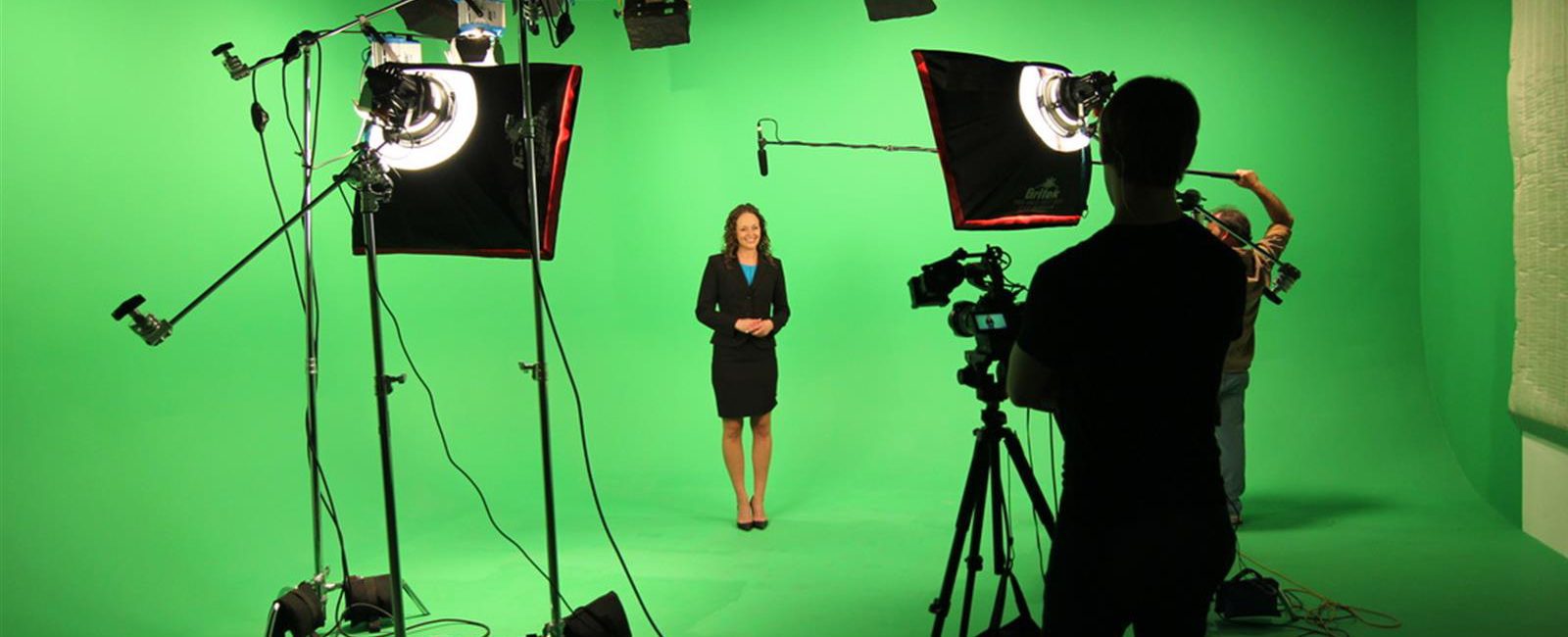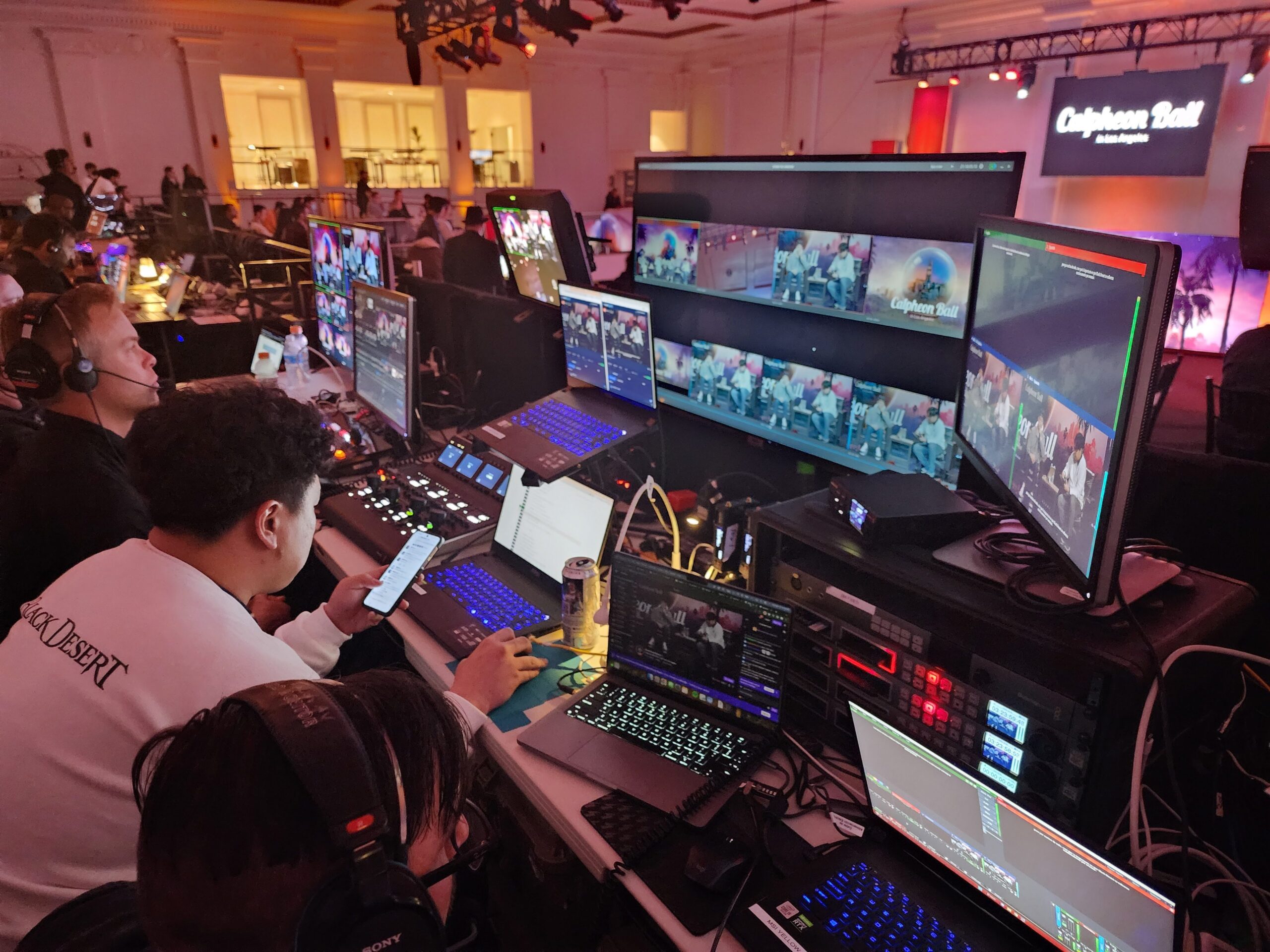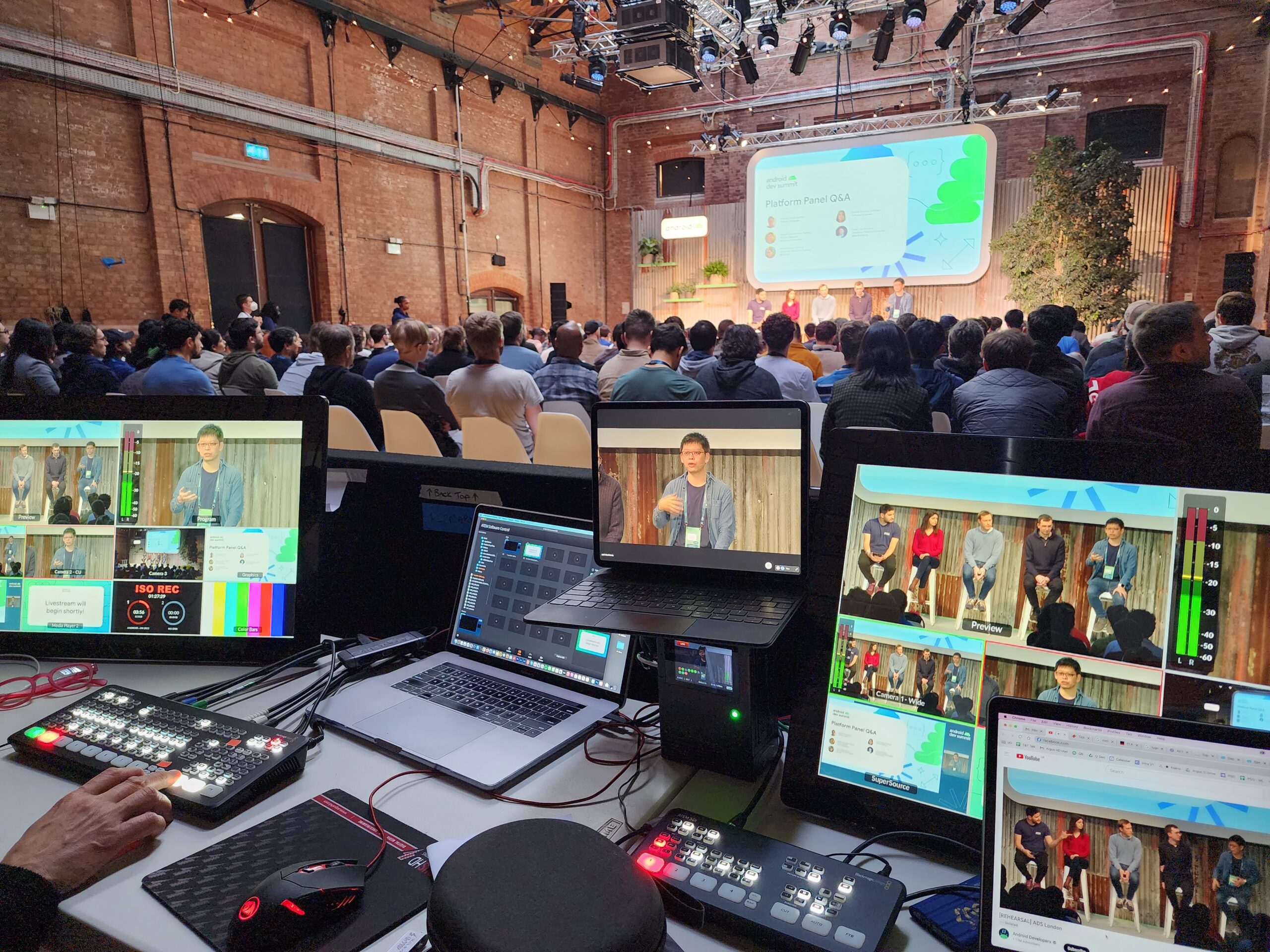What Is Digital Video Production & Why It Matters in 2025
Digital video production means making videos using digital tools. This includes cameras, phones, and editing software. That’s how we create films for YouTube, social media, online courses, and more.
Digital video is less expensive, quicker, and easier to create than ordinary film. Anyone can begin with basic gear and no big setup. Learning digital video lets you share your ideas and stories.
For students, followers, and upcoming creators, this is a really useful skill. You will discover here what digital video production is and its techniques.

Understanding of Digital Video Production
Making videos through digital technology is called digital video production. This includes cameras, smartphones, and editing apps. It is different from old film methods.
Digital video is less expensive, quicker, and simpler. Through the internet, you can share, edit, and shoot videos. Many people use it for fun, work, or learning.
You don’t need big equipment. Anyone can learn it. This encourages your global connection, idea sharing, and storytelling ability.
Examples of Digital Video Production
Here are some reality-based examples of digital video production:
-
Student Project
Using a smartphone, a freshman in high school created a little film on bullying. She posted it on YouTube and attracted a lot of views. Many people appreciated her raising awareness.
-
Small Business Promo
One owner of a bakery produced a video showing their daily fresh bread-making process. They showed it on Instagram. This helped attract new customers.
-
Travel Vlog
A solo traveler filmed his trip using a GoPro. He edited the video and uploaded it to his vlog. Many people followed his journey.
Types of Digital Video Production
Here are some common types of digital video production:
- Documentary Videos
- Promotional Videos
- Social Media Videos
- Educational Videos
- Music Videos
- Vlogs (Video Blogs)
- Event Videos
- Training Videos

Why Is Digital Video Production Important?
One great approach for sharing ideas is digital video production. It helps people connect, learn, and understand stories better.
Videos are easy to watch and remember. Businesses use them to grow. Teachers use them to explain ideas. Creators use them to inspire. It also saves time and money compared to old methods.
With simple tools, anyone can make a strong impact. That’s why digital video is so important today.
What Are the Skills Required for Digital Video Production?
Skills required for digital video production include:
- Filming and Camera Operation
- Video Editing
- Sound Design
- Color Grading
- Storytelling
- Lighting Techniques
- Project Management
- Animation and Special Effects
- Communication Skills
Stages of Digital Video Production
Production of digital videos is slowly changing. Every stage contributes to producing the final video. Here are the main phases:
-
Pre-production
This is the part where you schedule your video. You arrange your material, write down the scenarios, and check that the equipment is ready in this stage.
Additionally, you select locations and actors if needed. Good planning helps the filming go smoothly.
-
Production
Production is when you shoot the video. This stage involves recording all the scenes. You can record the video with cameras, lighting, and sound equipment.
Following the script and hosting will help ensure the best views. Here, the concepts really take shape.
-
Post-production
You change the video in post-production. This is where you cut, arrange, and add effects to the footage. You also add music, sound effects, and text. The goal is to make the video smooth and engaging. The last details are applied here.
-
Distribution
The video is ready for release after editing. At this point, you publish or forward the video to the platform, like YouTube, Instagram, a website, or another, where it will be seen.
You can also create marketing plans meant for a larger audience. Here is where people may see your work.
-
Feedback and Evaluation
The collection of feedback is important after the video is out there. You find out via comments, views, or shares how others respond to the video. This clarifies for you what worked well and what may be improved in next actions.
Equipment Used in Digital Video Production
For digital video production, several tools are needed. Here are the key ones:
-
Cameras
Filming calls for digital video or DSLR cameras. Special cameras and drones are tools for rare views.
-
Microphones
Lapel microphones, shotgun mics, and boom mics all help to record clear audio.
-
Lighting
The right lighting makes a big difference. A professional look is created using LED panels, softboxes, and reflectors.
-
Editing Software
Videos are edited and finalized using programs including DaVinci Resolve, Final Cut Pro, and Adobe Premiere Pro.
-
Stabilizers and Tripods
Sliders, tripods, and gimbals help to keep the video stable and flawless.

How Does Digital Video Production Work?
Digital video production involves several steps. Here’s how it works:
-
Planning and Scripting
Planning the topic for the video comes first. You create a script that tells the story or message. Here, you choose the settings, pictures, and camera person as well as the themes of the film. Proper planning makes the filming easier.
-
Filming the Video
Next, you start recording the video. You use a camera or smartphone to shoot the scenes. This step requires good lighting, sound, and camera work. You follow the script and shoot the scenes according to the plan.
-
Editing the Footage
Editing comes next when filming is over. You set up the video parts, cut off unrelated bits, and apply effects. Text, voiceovers, and music may all help add flavor to the video.
-
Adding Sound and Music
In this stage, you improve the audio. You can clear any noise and add sound effects and background music. A decent viewing experience depends on clearly balanced sound.
-
Finalizing the Video
After editing and sound adjustments, the video is almost ready. You check everything to make sure it flows well. If needed, you make final changes and then save the video in a format ready to share.
-
Sharing the Video
At last, you show the video to others. You can post it on your website, Instagram, or YouTube. People get to see and appreciate your work at this last stage.
Common Challenges in Digital Video Production
Digital video production is fun, but it also has some tough parts. Some common issues you may face are explained below:
- Some people have poor video quality as they lack decent cameras or software.
- Editing takes time, hence handling it with other tasks might seem challenging.
- Improper lighting may make videos seem unprofessional. Planning lighting is key.
- Bad sound quality in a video can destroy it and make understanding difficult.
- Filming and editing might be difficult without enough expertise.
- Failures in cameras or computers might cause delays.
- Software and tools used professionally might be costly.
- Growing a strong story calls for imagination and organization.
Future of Digital Video Production
Digital video production has high future prospects. Better technology will make producing videos simpler and more affordable. Smartphones and cameras are getting more advanced. This allows anyone to make high-quality videos.
The process of editing will keep becoming better, which will simplify starting for beginners. Furthermore, virtual reality and 360-degree films are becoming really popular.
More individuals will share their stories and interact with others via creative, interesting material as internet video expands.
Conclusion
Production of digital videos is an interesting and artistic activity. To produce excellent videos, it involves planning, filming, and editing.
The proper tools and knowledge make all the difference whether your movies are for pleasure, business, or social media. As technology advances, there are even more ways to produce outstanding material.
Don’t be scared to try new things and learn if you’re just starting out. Practice will help you produce films appealing to your viewers.
FAQs
Is there any difference between analog video and digital video?
Analog video is recorded in a continuous signal. Digital video is recorded as data, which gives better quality and is easier to edit.
What does a digital video producer do?
A digital video producer plans, films, and edits videos. They manage the full video-making process.
Is digital video production a good career?
Yes, it’s a growing field. Many companies need video content for websites, ads, and social media.
How are digital videos made?
They are made by planning, shooting, and editing with digital tools and software.
Can I do digital video production alone?
Yes! Many people start solo using basic equipment and editing tools.


